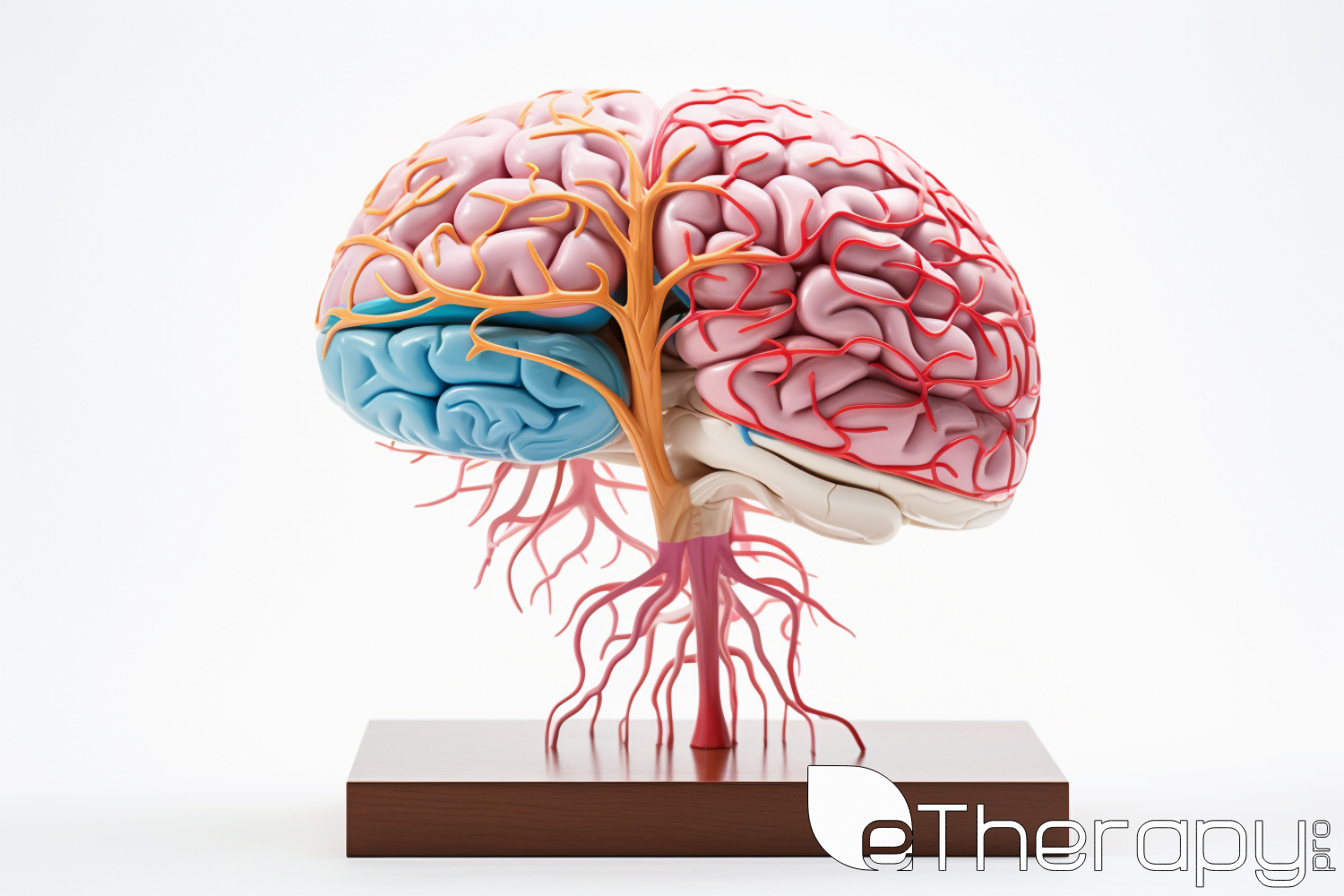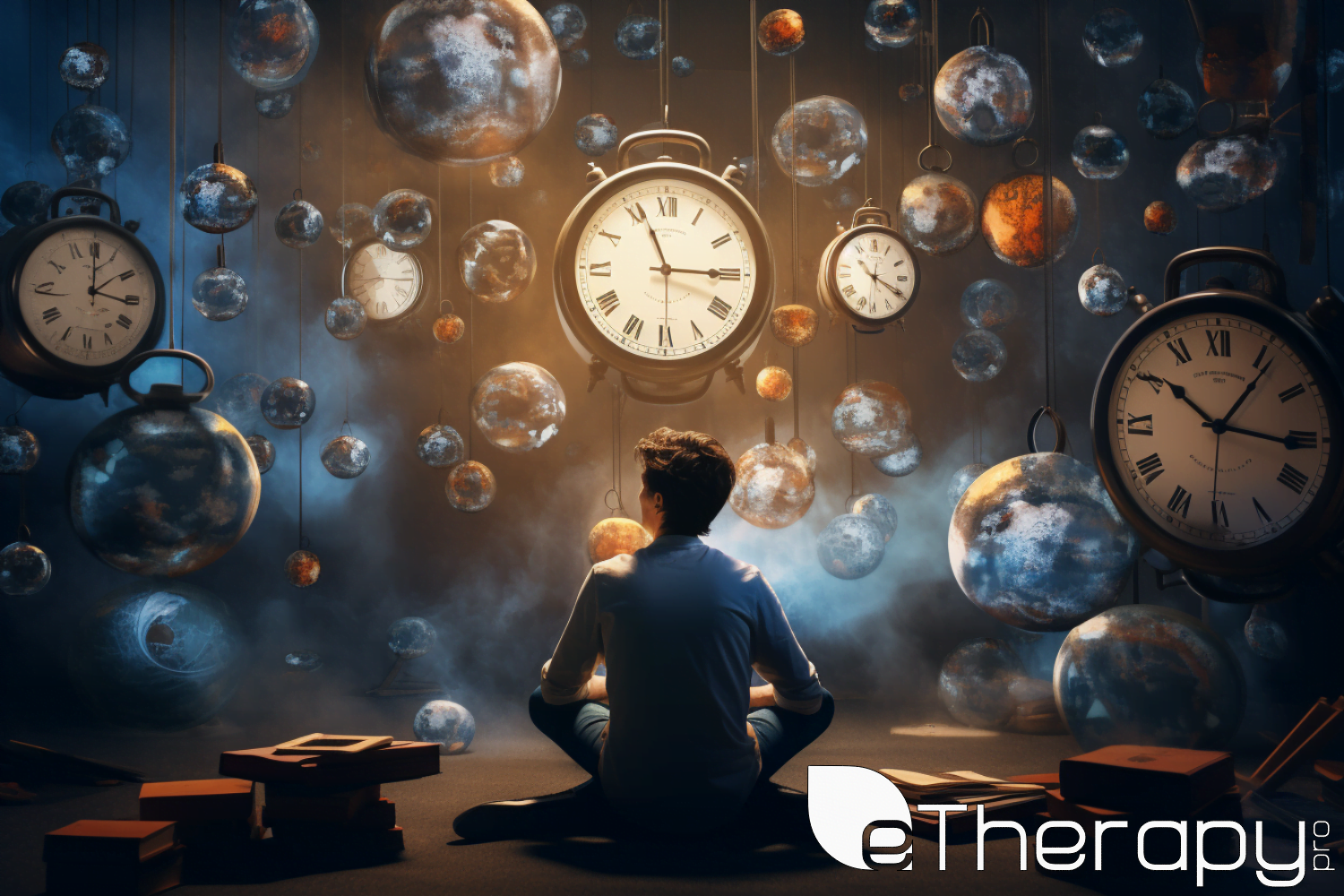 Have you ever felt at a loss, trying to find the right words or actions to comfort a loved one struggling with mental illness? It’s like navigating a labyrinth without a map, where every turn presents new challenges and uncertainties. Supporting someone with a mental health condition can be as emotionally draining as it is rewarding. It’s a journey that demands patience, understanding, and a heart full of compassion, often leaving us feeling exhausted and overwhelmed.
Have you ever felt at a loss, trying to find the right words or actions to comfort a loved one struggling with mental illness? It’s like navigating a labyrinth without a map, where every turn presents new challenges and uncertainties. Supporting someone with a mental health condition can be as emotionally draining as it is rewarding. It’s a journey that demands patience, understanding, and a heart full of compassion, often leaving us feeling exhausted and overwhelmed.
This path is not just tough for those diagnosed with mental illness. It also profoundly affects their supporters, who might grapple with feelings of helplessness, fear, and exhaustion. Acknowledging these emotions is as important as the support itself. You are not alone in feeling weary or scared; it’s a natural response to a complex and demanding situation.
Mental illness is not just a battle for those who are diagnosed; it also extends to their loved ones who stand by them. This journey, while challenging, is laced with moments of profound connection and growth.
Kindness is the language which the deaf can hear and the blind can see. – Mark Twain
As we delve into how to effectively support those dear to us, let’s contemplate: How can we navigate this path with kindness, empathy, and resilience, while also acknowledging and taking care o our own emotional needs?
Understanding Mental Illness
Supporting someone with mental illness begins with understanding the complex nature of these conditions. Mental health issues are not one-size-fits-all; they encompass a range of disorders, each with unique symptoms and challenges.
The Basics of Mental Health
Mental illnesses are health conditions involving changes in emotion, thinking, or behavior. They include disorders like depression, anxiety, bipolar disorder, and schizophrenia. These conditions are more than just a fleeting mood or phase; they are serious medical conditions that require understanding and medical care. By learning about these disorders, we can approach our loved ones with the empathy and support they need.
Dispelling Myths
Myth: Mental illness is a sign of weakness.
Truth: Mental illness is a medical condition, not a character flaw or personal failing.
Myth: People with mental illness can’t function normally.
Truth: Many individuals with mental health issues lead productive, fulfilling lives.
Myth: Mental illness is rare.
Truth: Mental health conditions are more common than you might think, affecting millions worldwide.
Myth: Young people don’t experience mental illness.
Truth: Mental illness can affect individuals of any age, including children and adolescents.
Understanding mental illness is the first step in providing meaningful support. It’s about seeing beyond the stigma and misconceptions, recognizing the individual struggling beneath.
Communication and Support
Effective support for someone with mental illness hinges on how we communicate and the kind of practical assistance we provide. It’s about striking a balance between empathy and action.
Building Effective Communication
Open, compassionate communication is the cornerstone of supporting someone with mental illness. Here are some strategies to enhance communication:
- Listen Actively: Show that you are listening and interested in what they have to say without rushing to give advice.
- Avoid Judgment: Respond without judgment or criticism. Remember, mental illness is not a choice.
- Be Patient: Understand that it might take time for them to express themselves or to respond.
- Use Encouraging Language: Express your support and belief in their ability to cope, reinforcing their strength and resilience.
- Respect Their Boundaries: Be mindful of how much they are comfortable sharing.
Practical Ways to Offer Support
Offering tangible support can make a significant difference in the lives of those dealing with mental illness.
- Assist with Daily Tasks: Help with everyday chores or errands that might be overwhelming for them.
- Accompany to Appointments: Offer to accompany them to doctor’s appointments or therapy sessions.
- Educate Yourself: Learn about their specific mental illness to better understand their experiences and needs.
- Create a Supportive Environment: Foster an environment where they feel safe and comfortable to share their feelings and struggles.
- Check-In Regularly: Regular check-ins can show that you care and are there for them.
By combining effective communication with practical support, we can provide a strong foundation for those we care about to lean on in their times of need.
Self-Care for Supporters
In the journey of supporting someone with mental illness, it’s crucial to remember that taking care of yourself is not selfish—it’s essential. Caregivers often put their own needs aside, but maintaining your well-being is vital to providing effective support.
The Caregiver’s Well-being
Caring for someone with a mental illness can be rewarding, but it can also be taxing and emotionally draining. It’s easy to get caught up in the role of a caregiver and forget to attend to your own needs. However, neglecting self-care can lead to burnout, which helps neither you nor your loved one. Recognizing your limits and taking steps to preserve your mental and emotional health are key aspects of being an effective supporter.
Finding Balance
Here are some strategies to help maintain your well-being:
- Set Boundaries: Know your limits and communicate them clearly. It’s okay to say no or take a break when needed.
- Seek Support: Don’t hesitate to reach out to support groups or friends for emotional support.
- Make Time for Yourself: Engage in activities that relax and rejuvenate you, whether it’s a hobby, exercise, or simply quiet time.
- Stay Healthy: Prioritize your physical health through proper nutrition, exercise, and sleep.
- Reflect and Recharge: Regular self-reflection can help you understand your feelings and needs, allowing you to recharge and refocus.
Taking care of yourself is a crucial component of providing care for others. By finding balance, you can ensure that you are in the best position to offer support and empathy.
Conclusion
In our exploration of supporting someone with mental illness, we’ve navigated through understanding mental health, effective communication, providing practical aid, and the indispensable self-care for caregivers. Each facet is critical in forging a nurturing and supportive environment for both the individual in need and their supporter.
Self-care is not a waste of time; self-care makes your use of time more sustainable. – Jackie Viramontez
The path of support requires patience, empathy, and resilience. Remember, caring for someone with mental illness is a journey shared with the ones we support and our broader community. Let us stride forward with the commitment to be empathetic caregivers, while also giving due importance to our own well-being. This balanced approach not only enhances our capacity to support our loved ones but also fortifies our own mental and emotional health.
As this discussion concludes, let’s pledge to be pillars of support, equipped with understanding and self-compassion, poised to positively influence the lives of those grappling with mental illness.

 Genetic and Environmental Factors of ADHD
Genetic and Environmental Factors of ADHD
 In today’s fast-paced society, a growing number of individuals seek refuge in substances, hoping for an escape or momentary relief from life’s pressures. Yet, behind every bottle, pill, or smoke is a deeper narrative waiting to be unraveled. What prompts us to cross the line from casual use to dependence? And how can we best understand the triggers to tackle them head-on?
In today’s fast-paced society, a growing number of individuals seek refuge in substances, hoping for an escape or momentary relief from life’s pressures. Yet, behind every bottle, pill, or smoke is a deeper narrative waiting to be unraveled. What prompts us to cross the line from casual use to dependence? And how can we best understand the triggers to tackle them head-on? In a world where emotions surge and ebb with the ephemerality of a tweet, a recurring question haunts many — “Do I have anger issues?” Anger, a powerful and raw emotion, often sweeps through us unexpectedly, leaving a trail of questions in its wake. But beneath this boiling emotion lie layers of pain,
In a world where emotions surge and ebb with the ephemerality of a tweet, a recurring question haunts many — “Do I have anger issues?” Anger, a powerful and raw emotion, often sweeps through us unexpectedly, leaving a trail of questions in its wake. But beneath this boiling emotion lie layers of pain, 

